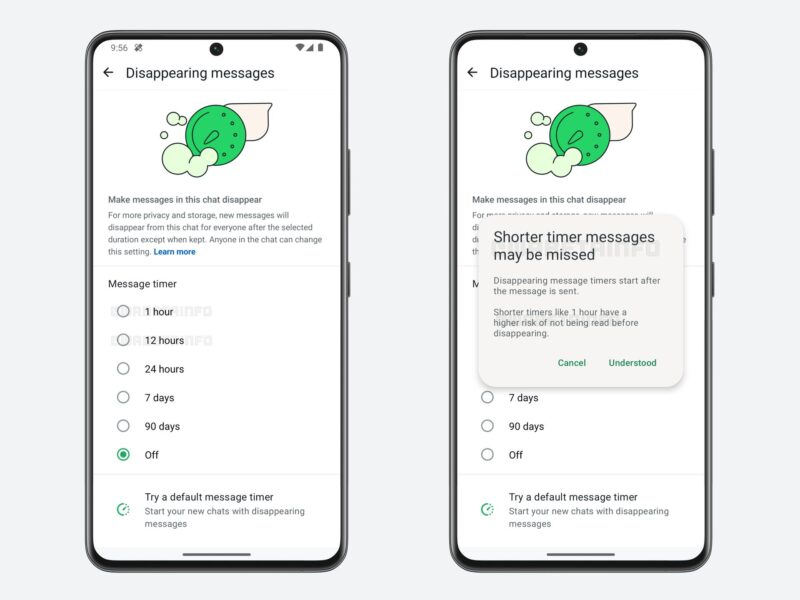Stream processing has become a crucial technique in today’s data-driven world, allowing organizations to harness the power of continuous streams of data. This method not only enables timely decision-making but also opens doors to innovative solutions that enhance operational efficiency. As businesses generate and receive massive amounts of data daily, stream processing emerges as a means to effectively manage and analyze this flow in real time.
What is stream processing?
Stream processing refers to the method of handling continuously flowing data to facilitate instant analysis and response. Unlike traditional data processing methods that operate on batches of data at scheduled intervals, stream processing focuses on real-time data management, which is vital for businesses that require timely insights.
Data ingestion
The foundation of stream processing lies in data ingestion, where multiple data sources feed information into a processing engine. Common sources include:
- Social media: Captures user interactions and trends as they happen.
- Sensors: Generates continuous data points, particularly in IoT environments.
- Publish-subscribe services: Enables real-time updates and notifications.
Real-time processing
After data ingestion, the processing engine undertakes various tasks to ensure performance and relevance of the data. Key functions include:
- Analysis: Detecting patterns and anomalies in the incoming data.
- Filtering: Excluding irrelevant data to streamline insights.
- Transformation: Adjusting data formats to enhance usability.
- Combining: Merging different data streams for comprehensive analysis.
- Cleaning: Maintaining data integrity and quality throughout the process.
Output
Once processed, the data is published back to applications or databases. This allows users to access insights instantly, enhancing the decision-making process through dashboards and alerts.
Necessity of stream processing
Stream processing is essential for managing the challenges associated with the large volumes of constantly generated data that traditional batch processing techniques struggle to handle. It provides organizations with the agility to respond to changing data environments and market dynamics.
Ideal use cases
Certain scenarios benefit significantly from stream processing, such as:
- Processing time-series data for dynamic analytics.
- Environments requiring quick, approximate results over slow, detailed analyses.
- Reducing hardware requirements while maintaining analysis efficiency.
- Managing continuous data streams like financial transactions and web activity.
Stream processing architecture
Stream processing relies on structured architectures designed for efficient data handling. Two prominent architectures are:
Lambda architecture
Lambda architecture consists of three primary layers:
- Batch Layer: Stores master datasets.
- Serving Layer: Handles the indexing of the most recent data views.
- Speed Layer: Implements stream processing for immediate data indexing.
Kappa architecture
This architecture simplifies the processing by utilizing a messaging engine alongside a stream processing engine. It efficiently manages real-time data transformations and analytics, commonly using tools like Apache Kafka.
Benefits of stream processing
The adoption of stream processing frameworks offers numerous advantages, which can lead to enhanced organizational capabilities.
Cost efficiency
By distributing processing tasks across edge computing resources, organizations can significantly reduce operational costs.
Enhanced insights
The integration of various data sources facilitates the generation of richer, actionable insights, enabling organizations to make informed decisions quickly.
Common use cases
Stream processing finds utility in various applications, allowing businesses to improve operations across different domains:
- Anomaly and Fraud Detection: Quickly identifies suspicious activities to mitigate risk.
- IoT Data Analytics: Processes real-time information from connected devices.
- Ad Personalization: Adjusts marketing efforts based on user behavior in real-time.
- Market Trend Analysis: Captures and evaluates trends as they emerge in the marketplace.
Stream processing frameworks
Several frameworks support effective stream processing, allowing organizations to utilize their capabilities efficiently:
- Apache Spark Streaming: Facilitates real-time data processing using Spark.
- Apache Kafka: Acts as a robust distributed event streaming platform.
- Apache Flink: Designed to manage both bounded and unbounded data streams.
- Apache Storm: Focuses on low-latency, real-time stream processing applications.
Cloud service solutions
Many major cloud providers, such as:
- Amazon Kinesis
- Azure Stream Analytics
- Google Cloud Dataflow
offer specialized solutions to implement effective stream processing strategies.
Comparison: stream processing vs. batch processing
The differences between stream processing and batch processing are significant in various operational contexts.
Batch processing
Batch processing focuses on scheduled data updates, making it well-suited for historical data analysis.
Stream processing
Conversely, stream processing allows for continuous and parallel data processing, leading to near real-time insights, which is essential in today’s fast-paced data environment.
Historical context
The evolution of stream processing originated from early Complex Event Processing (CEP) techniques introduced in the 1990s. Advancements in cloud technologies and open-source frameworks have paved the way for more modern methodologies, including Event Stream Processing (ESP) and Data Stream Processing (DSP). This progression highlights the importance of contemporary architectures and microservices in optimizing stream processing capabilities.

